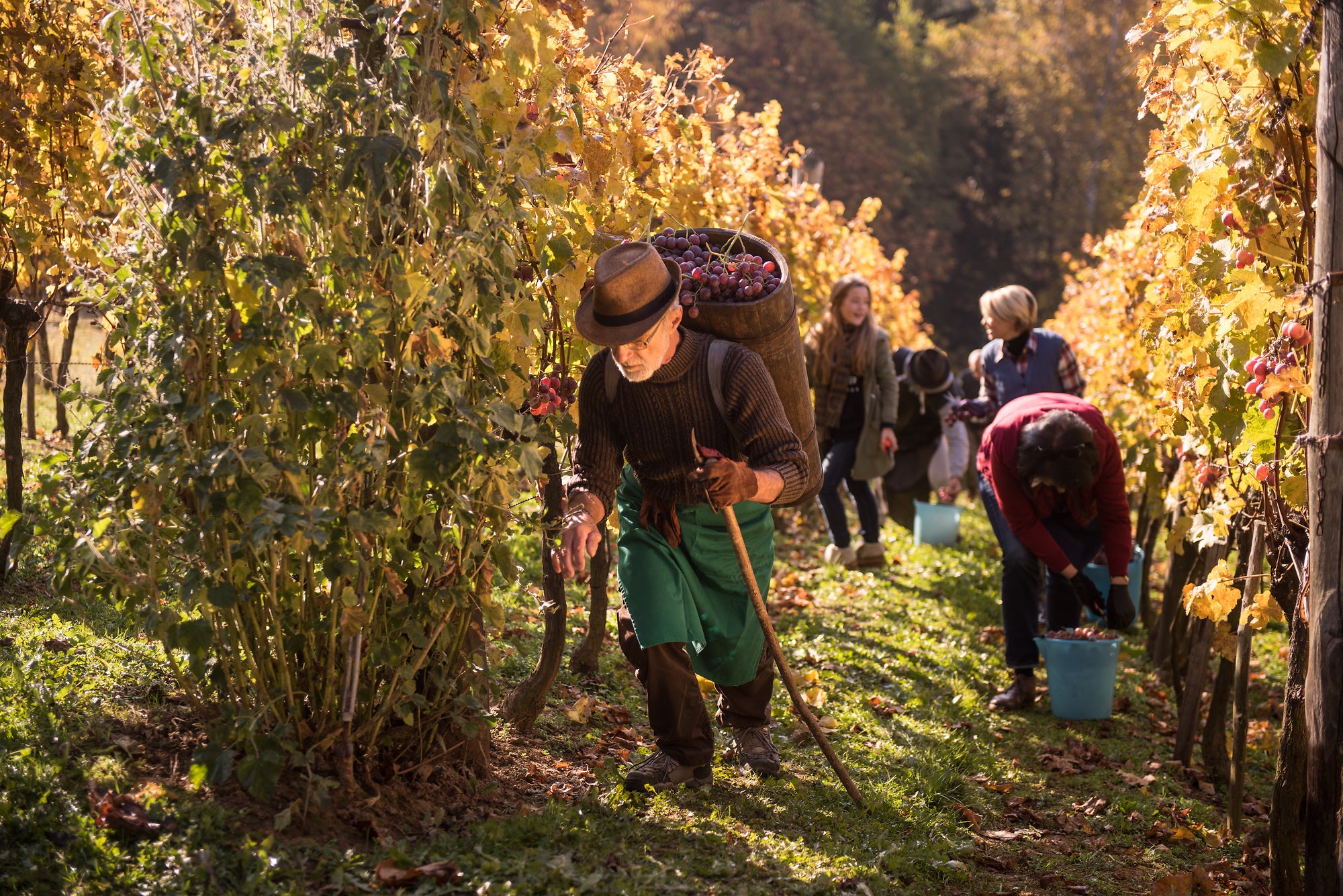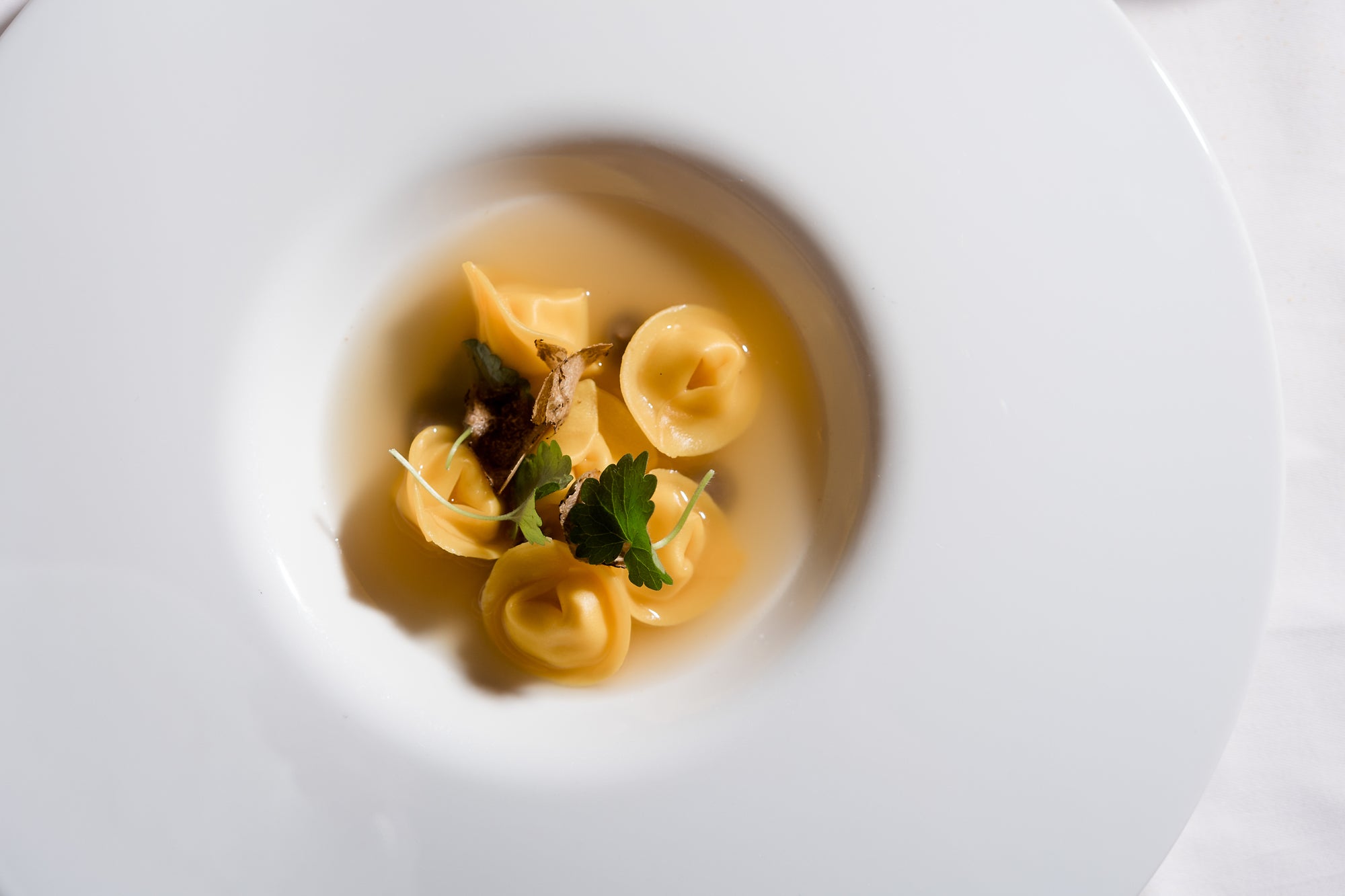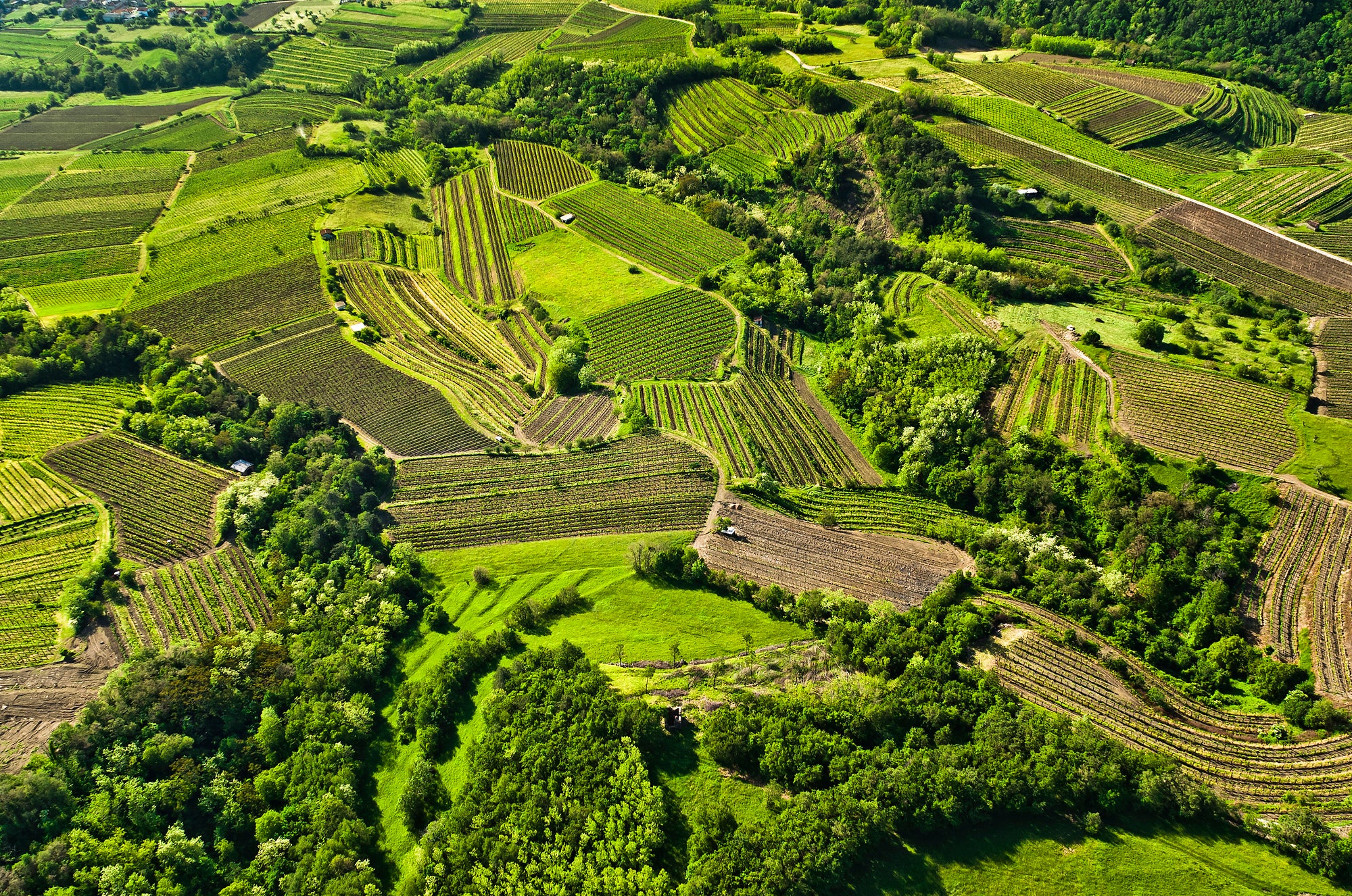How Slovenia’s dining scene upped its game
With its first Michelin stars awarded last year and a food revolution well under way, this small but gutsy nation packs a gastronomic punch, finds Justine Gosling

“In time of Yugoslavia, private business was banned, and producers couldn’t sell their produce. Everything produced was for the state – quality wasn’t important, it was all about quantity, and you were under pressure to produce very large amounts.”
Our guide, Jani, was explaining why Slovenia’s burgeoning high-end gastronomic scene is only just now coming to fruition. Slovenia gained independence in 1991 and joined the European Union in 2004. Once producers could sell their produce, the focus shifted from quantity to quality – and the food revolution truly began. The country was awarded its first Michelin stars in 2020 and the prestigious accolade of European region of gastronomy for 2021.
Visiting during the October harvest to learn more about the emerging foodie scene that’s increasingly attracting attention, our first stop was the Vipava Valley, about an hour’s drive from capital city, Ljubljana.

On our first morning we rode bikes from our quiet hilltop village of Vipavski Kriz, passing the ruins of the 15th century castle, and headed down the cobbled hill to the river. As we leisurely pedalled in the sunshine and balmy October temperatures of 23C, I started to get a sense of the value Slovenians place on home produce. Every home had an extensive vegetable patch or grape vines, beehives thrived in every field, and the rivers were dotted with fly fishers.
Arriving in the village of Slap, we heard the grape pickers before we saw them – joyfully singing and laughing as they filled their boxes with bunches of fruit. The group, made up of friends and family of the vineyard owner, welcomed us and handed us clippers to get stuck in.
Urban Petric, of Petri wines, is the eighth generation to harvest from the organic vineyard, first planted in 1778. As first timers, dad and I weren’t quite the slowest pickers – the village children sought out the biggest bunches, excitedly parading them between the vines to see if anyone else had found bigger. After sampling some of the wines, the bottle I bought home was the Red Natura, made from a mix of Merlot and Barbera grapes and matured in wood barrels, which has a smooth, fruity taste with hints of strawberries and vanilla.
We were spoiled with a table full of gnocchi with wild garlic, homemade charcuterie, pork shin baked together with salty, crispy potatoes, and flame-grilled courgette showered with homemade olive oil
Wine loves cheese, and they produce a lot of both in Slovenia. We met artist David Licen of Golden Ring cheese, who began producing cheese in his shed using milk from next door’s organic dairy and foraged herbs three years ago to supply local restaurants. His signature cheese, “Blue top”, is made from full-fat, raw cows’ milk, bundled in hay and herbs and matured in a wrap of cotton fabric to produce a just-about-spreadable creamy centre with added herby sweetness and aroma.
As an alternative to using energy-consuming refrigerators to store the maturing cheeses, a friend offered the keys to the naturally cold, abandoned Second World War tunnels on his land – “the perfect place to store my cheeses,” said David.
That night we dined at family-owned Lisjak farm. In a gluttonous feast of farm produce, we were spoiled with a table full of gnocchi with wild garlic, homemade charcuterie, pork shin baked together with salty, crispy potatoes, and flame-grilled courgette showered with homemade olive oil. Peter, the owner, told me: “We all buy each other’s produce, not just to support, but because we know it’s the best”. After our meal and with glass of wine in hand, he proudly gave us a tour of the contents of his cellar. “Cellars are for maturing wine, cured meats and cheese – we all have cellars,” he said. Oh, how I wished I had a cellar.

The next morning, we travelled to Kobarid in the Soca Valley, the location of not only the best restaurant in Slovenia, but one of the best in the world. In 2021, Hisa Franko was voted number 21 in the list of the world’s best restaurants. The informal osteria-style restaurant, a transformation of a spacious 19th-century, stand-alone farmhouse, has two Michelin stars and its chef and owner, Ana Ros, was voted the world’s best female chef in 2017 (an award you can win only once). It was Ros who really brought attention to the Slovenian culinary scene, and there are now seven Michelin-starred restaurants in the country. Her sublime 12-course tasting menu is based on seasonal local produce that shows off the flavours of the Soca Valley to their best effect.
Our first dish wowed our eyes and taste buds: a flower of black truffle petals and a pistil of creamy egg, milk skin and buttermilk powder, cruelly just the size of two mouthfuls. Beef tongue pastrami with oyster, jalapeno and wild watercress – containing a seaweed crystal that looked like a hollow, crepe paper ice cube, so fragile and almost just a mouthful of air – came next. Every dish was more creative than the last – my dad was amused to enjoy the dish of Japanese knotweed sorbet and different declinations of peach (fresh, cooked, burnt and reduced), having only ever thought of knotweed as a Halloween horror cartoon character or as an uncontrollable invader that destabilises the foundations of buildings.

Our last stop on the trip was Bohinj, in the heart of the Julian Alps. As trout is so popular on menus in Slovenia, we thought we’d attempt to catch our own – and this is the place to try. “We eat so much of it and love to fish,” said Dare Heberle, our guide, who gave us our first experience of fly fishing on a quiet river just outside town. Despite the intermittent torrential rain and standing waist deep in cold water, the experience proved to be deeply relaxing. The gentle sound of raindrops hitting the water and billows of mist creeping up the river created such a feeling of tranquillity, in fact, that my response was delayed when something finally took my bait. We released the little rainbow trout, but the smiling photo of me soaking wet, proudly clutching a fish, will forever prove my new-found appreciation for the sport. We returned to hotel Bohinj, where we were staying, for lunch, and after chatting to the waiter about our morning’s activities he proudly offered us his homemade smoked trout soup, topped with a horseradish foam, to warm us up.
Slovenia is finally taking its places on the gastronomic European stage – and there’s no doubt it deserves it.
Travel essentials
Getting there
Trying to fly less?
It’s possible to reach Ljubljana from the UK in less than 24 hours by train: take the Eurostar to Paris, catch an onward train to Munich, and from there catch the Nightjet sleeper service to the Slovenian capital.
Fine with flying?
EasyJet, Wizz and British Airways fly direct from London to Ljubljana.
Staying there
Apartment VK54 in the town of Vipavski Kriz costs from €80, B&B.
Hotel Bohinj costs from €170, B&B.
More information
The Hisa Franko tasting menu costs €225 (without wine).
Join our commenting forum
Join thought-provoking conversations, follow other Independent readers and see their replies
Comments
Bookmark popover
Removed from bookmarks